
Marriage has always been a symbol of partnership. But for generations, it also came bundled with a set of traditions that often left women with the short end of the stick. Thankfully, that’s starting to change. In quiet ways, and sometimes louder ones, wives today are stepping back to ask: “Do we still need this?”
Take Husband’s Last Name
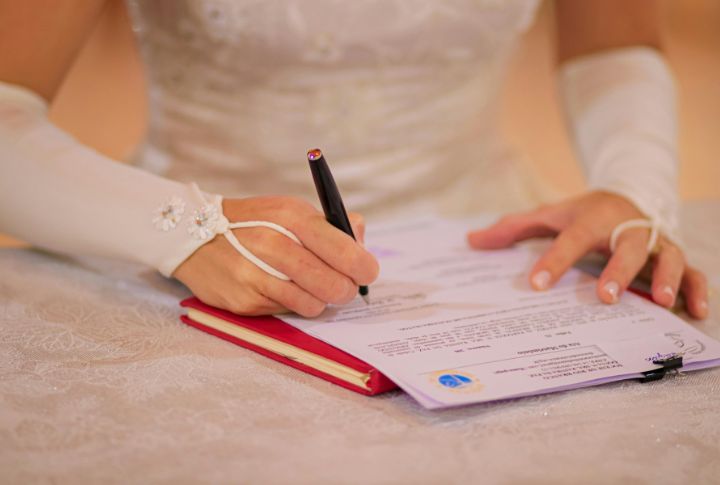
Taking the husband’s last name represented not just unity, but also reinforced the idea that a woman’s identity should merge with her husband’s upon marriage. But today, a growing number of wives are choosing to retain their maiden names or opting for hyphenated versions that honor their relationship, while still preserving their personal identity.
Sew Custom Clothing For Their Spouse
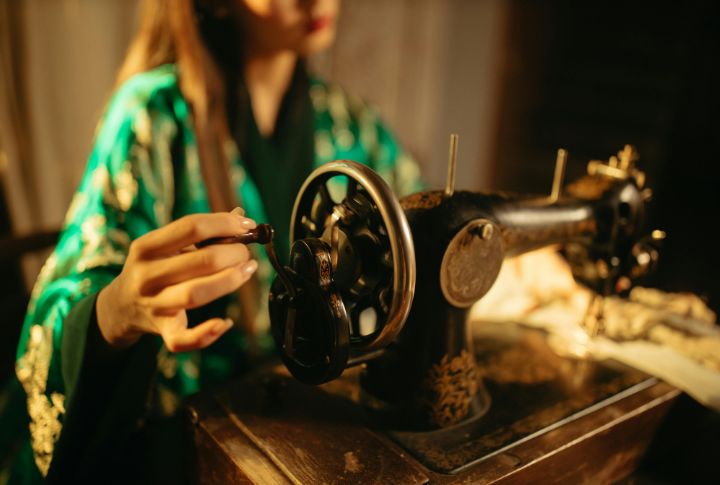
Years ago, a wife’s skilled hand at the sewing machine was an intimate part of domestic life and created custom-fitted clothing for her spouse. This act wove both necessity and creativity into every garment. Today, we have ready-made clothing, making this more convenient; plus, women have jobs that don’t leave much time for such tasks.
Prepare Elaborate Multi-Course Meals Daily
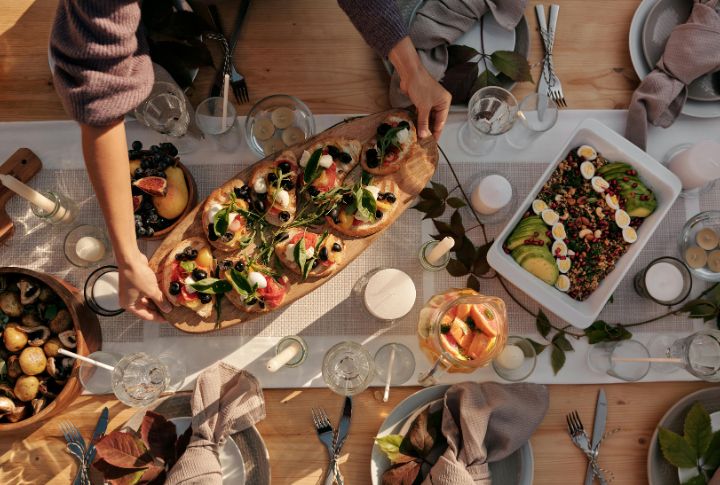
Forget the image of nightly culinary spectacles; modern life rarely allows for daily, multi-course feasts. More couples work outside the home, shifting elaborate meal preparation from a routine chore to a special event. Showstopping dishes are now saved for holidays or big celebrations, not a regular weeknight.
Maintain A Formal Household Ledger
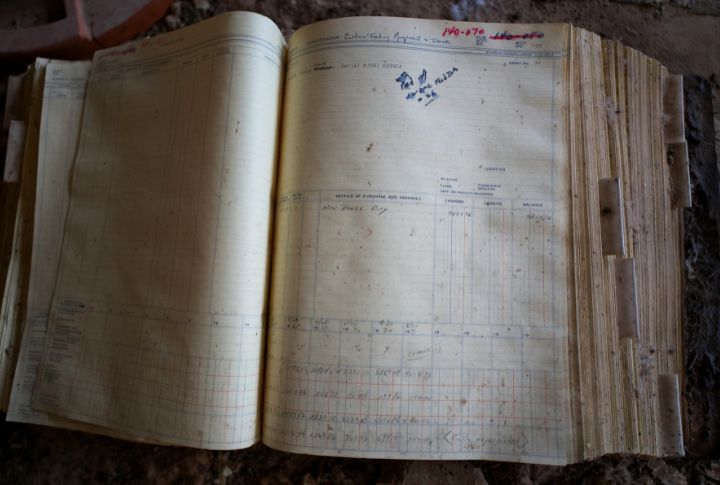
That meticulous practice of keeping a formal household ledger, once key to family bookkeeping, is a distant memory. At present, women manage money collaboratively and depend on digital banking or budgeting applications. These tools have smoothly replaced the traditional paper-and-pen approach to tracking finances.
Host Weekly Social Gatherings
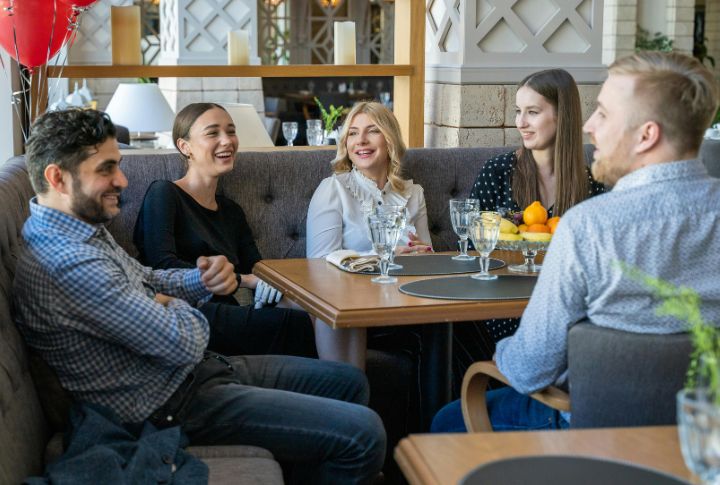
Regular home-based socializing has definitely taken a hit in modern marriages. Wives used to routinely host neighborhood coffee hours or social gatherings every week. Currently, women open homes less frequently for dinner parties because they’d much rather enjoy more time catching up with their loved ones than cooking and cleaning.
Knit Or Crochet Household Items
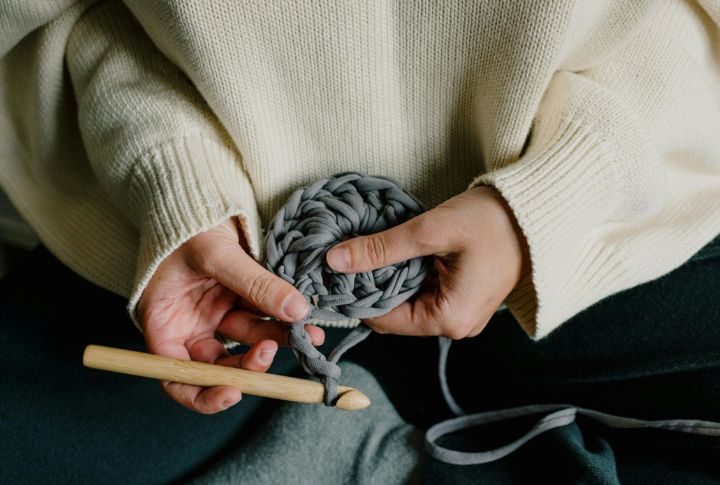
These ancient arts—knitting and crocheting—are making an interesting comeback, fueled by online tutorials as a creative outlet and a unique way to make gifts. Back then, they were “essential skills” for most wives who made textiles at home. It declined only when store-bought goods took over.
Defer To Husband’s Decisions On Major Purchases

Traditional gender roles meant that wives often left major financial decisions, like buying a car or a home, to their husbands, who held more authority. But these days, wives share equal decision-making power, which shows a clear shift from hierarchical traditions toward partnerships built on mutual respect.
Promise To “Obey” In Wedding Vows

Using the word “obey” in wedding vows was once a standard tradition for wives, indicating their expected submission to their husband’s authority. Today, most couples leave it out. They choose to write their own vows that focus on equality and their special connection instead.
Grow A Full Kitchen Garden

The story of the kitchen garden highlights how home life has changed over time. In the past, wives usually cared for large vegetable plots to feed the family. Most women now depend on the convenience of grocery stores, apart from having small pots of mint, parsley, etc.
Teach Traditional Skills To Children
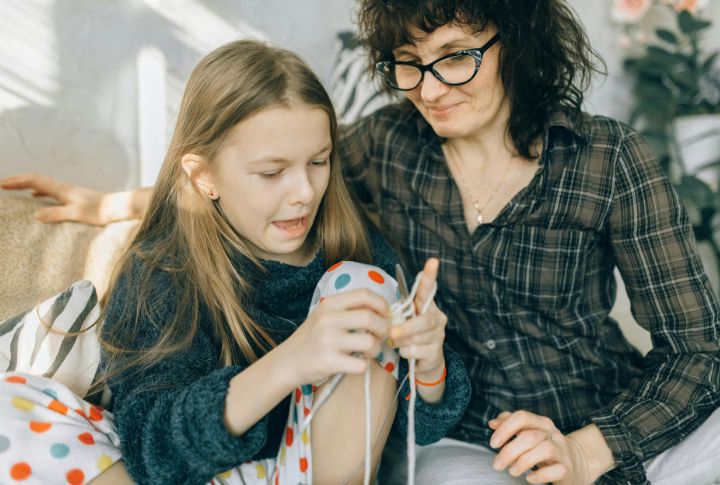
Balancing family traditions while managing modern life does not leave a lot of time for parents to teach skills like canning or sewing at home. This is why school programs are actively introducing such workshops to learn these crafts in a practical way.
Send Handwritten Thank-You Notes After Social Events

Sending handwritten thank-you notes after social gatherings was a traditional role for wives, tied to their expected duties as social stewards of the household. The move to digital acknowledgments like texts shows today’s focus on speed and convenience.
Host Charity Drives From Home

The image of a living room filled with neighbors for a charity drive, led by a devoted wife, is quickly fading. Charitable giving in modern marriages has moved online and into school programs, and lets couples support causes easily without the need to host events at home.
Hand-Embroider Monogrammed Gifts
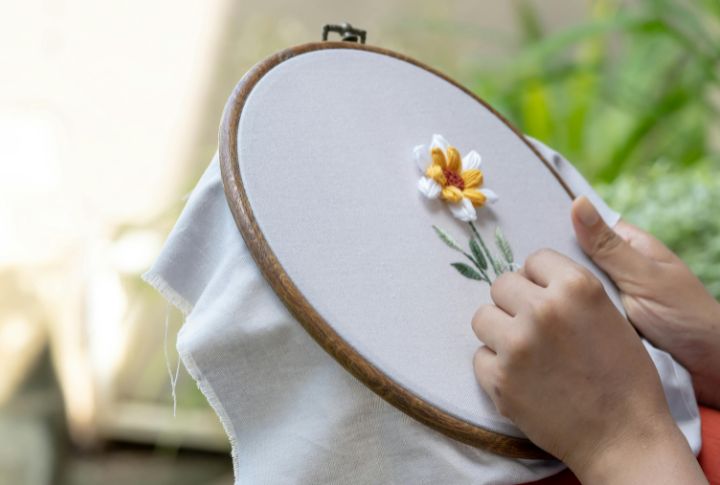
This once-prestigious art of personal skills has mostly been replaced by store-bought items, which reflects how modern households now source custom gifts. Hand-stitching monogrammed presents, however, used to be a cherished, intimate skill that many wives took pride in mastering.
Manage All Childcare Responsibilities Solo

Managing all childcare responsibilities, even birthday parties alone, was a common expectation for wives in traditional marriages, rooted in gendered divisions of labor. Today, with dual-career households, both parties take equal responsibility for raising their children into well-rounded human beings.
Create Handmade Holiday Decor
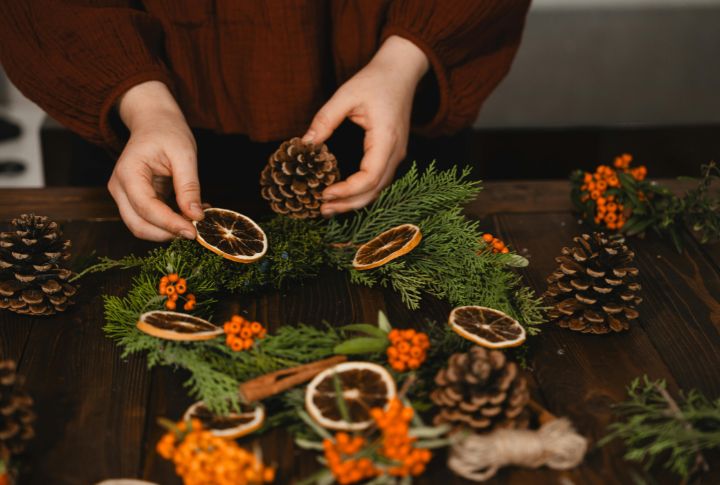
Handmade decorations turn routine holiday preparation into a deep act of memory-keeping. They become a tangible piece of family history, something that mass-produced items cannot replicate. Most modern couples are going for store-bought seasonal decor or things they’ve picked up on their travels.
Organize Formal Family Portraits Annually

Back in the day, wives took charge of booking professional photographers to capture yearly family portraits. It was a way to mark milestones and keep a record of family life. That tradition has quietly faded, with couples now relying on casual smartphone photos and selfies.
Iron And Starch Husband’s Clothes Weekly
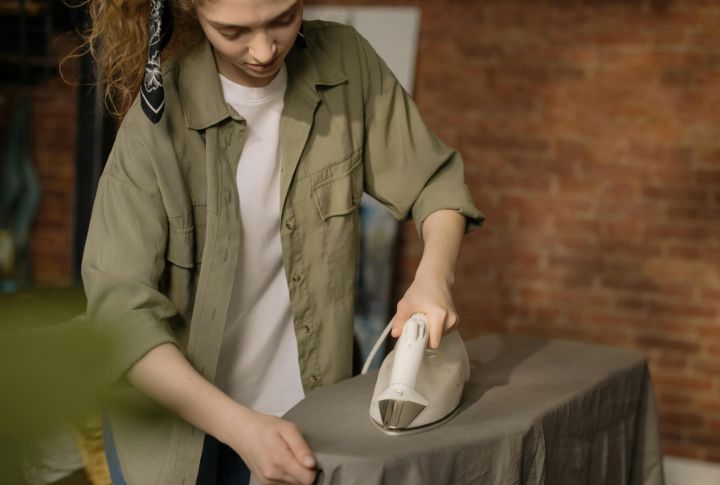
There was a time when ironing and starching her husband’s shirts to keep them crisp and presentable would be a regular part of a wife’s weekly routine. It was tied to traditional domestic roles and expectations around appearance. Now, no one really cares enough to spend their Sunday doing this.
Prepare Daily Packed Lunches For Husband
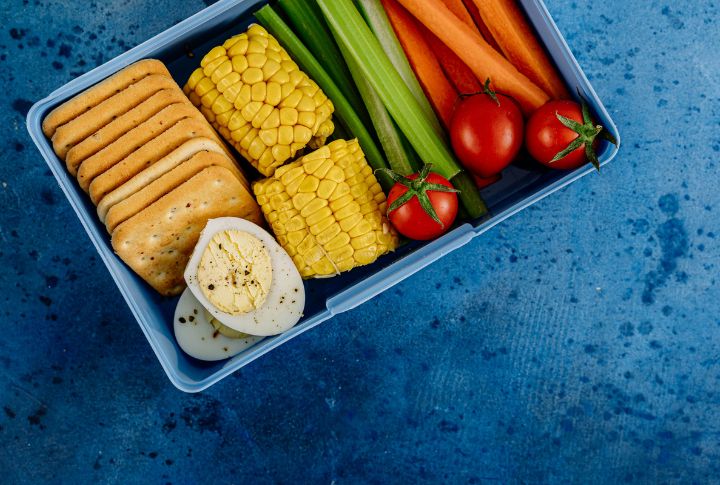
Preparing a packed lunch every morning was once a daily act of care for many wives. These days, with both partners working and easy access to cafeterias or delivery, these traditions are fading. Couples now choose meals based on convenience, sometimes prepping together or skipping it entirely.
Maintain A Formal Dining Room Setup
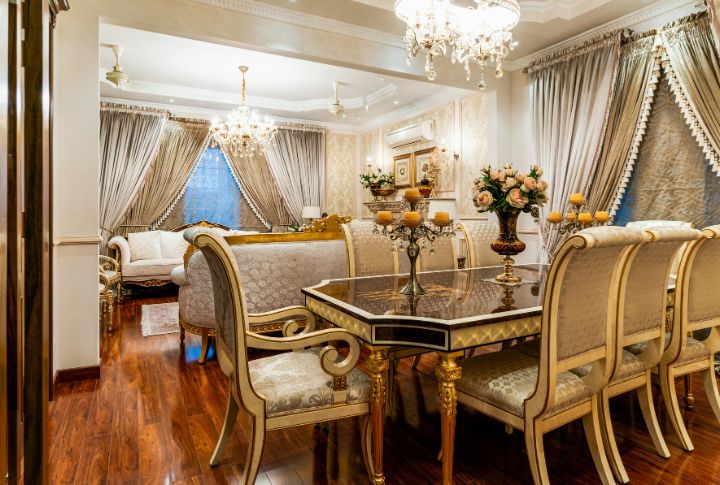
Formal dining rooms once showcased elegance, with fine china, polished silver, and linens always in place—often maintained by wives as a symbol of hospitality. Today, that tradition has quietly faded. Casual dining, open layouts, and minimalist lifestyles have shifted focus to comfort and practicality.
Polish Silverware For Special Occasions
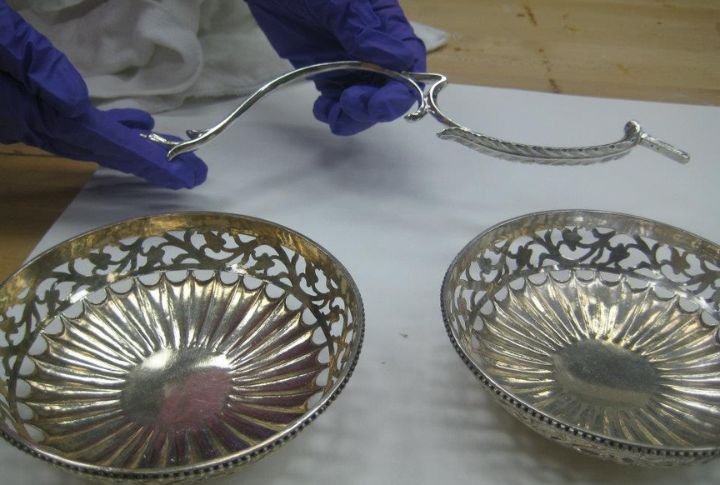
There was a time when polishing silverware was a regular part of preparing for holidays or formal dinners. Wives took on this task to make sure the table looked elegant and well-kept, especially when hosting guests or marking special family moments. But most households don’t use formal silverware anymore.

